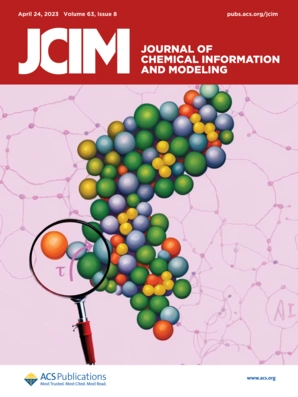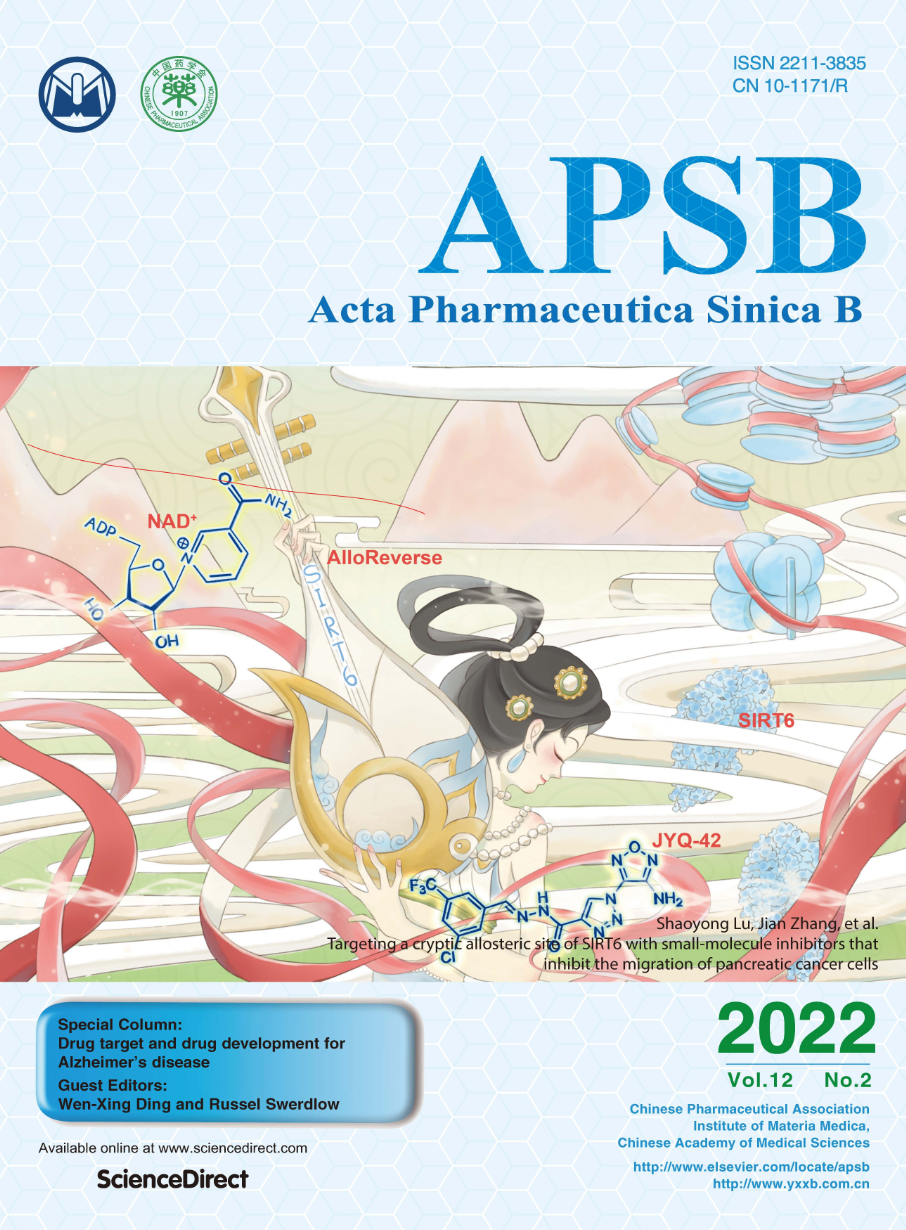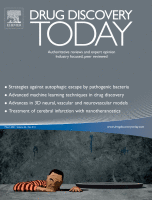-
April 14, 2023
Allosteric modulators are important regulation elements that bind the allosteric site beyond the active site, leading to the changes in dynamic and/or thermodynamic properties of the protein. Allosteric modulators have been a considerable interest as potential drugs with high selectivity and safety. However, current experimental methods have limitations to identify allosteric sites. Therefore, molecular dynamics simulation based on empirical force field becomes an important complement of experimental methods. Moreover, the precision and efficiency of current force fields need improvement. Deep learning and reweighting methods were used to train allosteric protein-specific precise force field (named APSF). Multiple allosteric proteins were used to evaluate the performance of APSF. The results indicate that APSF can capture different types of allosteric pockets and sample multiple energy-minimum reference conformations of allosteric proteins. At the same time, the efficiency of conformation sampling for APSF is higher than that for ff14SB. These findings confirm that the newly developed force field APSF can be effectively used to identify the allosteric pocket that can be further used to screen potential allosteric drugs based on these pockets.

-
Targeting a cryptic allosteric site of SIRT6 with small-molecule inhibitors that inhibit the migration of pancreatic cancer cells
February 22, 2022SIRT6 belongs to the conserved NAD+-dependent deacetylase superfamily and mediates multiple biological and pathological processes. Targeting SIRT6 by allosteric modulators represents a novel direction for therapeutics, which can overcome the selectivity problem caused by the structural similarity of orthosteric sites among deacetylases. Here, developing a reversed allosteric strategy AlloReverse, we identified a cryptic allosteric site, Pocket Z, which was only induced by the bi-directional allosteric signal triggered upon orthosteric binding of NAD+. Based on Pocket Z, we discovered an SIRT6 allosteric inhibitor named JYQ-42. JYQ-42 selectively targets SIRT6 among other histone deacetylases and effectively inhibits SIRT6 deacetylation, with an IC50 of 2.33 μmol/L. JYQ-42 significantly suppresses SIRT6-mediated cancer cell migration and pro-inflammatory cytokine production. JYQ-42, to our knowledge, is the most potent and selective allosteric SIRT6 inhibitor. This study provides a novel strategy for allosteric drug design and will help in the challenging development of therapeutic agents that can selectively bind SIRT6.

-
Computational elucidation of allosteric communication in proteins for allosteric drug design
March 18, 2022Allosteric modulators target topologically distal allosteric sites in order to modulate orthosteric sites, providing enhanced specificity and physiochemical properties. Harnessing allostery for drug discovery is an emerging paradigm in modern pharmaceutics. Allosteric regulation substantially depends on the propagation of allosteric signaling. Delineating allosteric signaling pathways is therefore one of the leading prerequisites for allosteric drug discovery. Allosteric signal transduction is subtle and dynamic, posing challenges for characterization through traditional experimental techniques, but computational strategies promise to provide a solution to this problem. Here, we comprehensively review bioinformatic methods for elucidating allosteric communication, along with their successful applications in allosteric drug design. Current challenges and future perspectives are also discussed. We aim to provide guidance for the future application and optimization of these computational strategies, thereby promoting rational allosteric drug discovery.

-
Harnessing reversed allosteric communication: a novel strategy for allosteric drug discovery
December 8, 2021Allostery is a fundamental and extensive mechanism of intramolecular signal transmission. Allosteric drugs possess several unique pharmacological advantages over traditional orthosteric drugs, including greater selectivity, better physicochemical properties, and lower off-target toxicity. However, owing to the complexity of allosteric regulation, experimental approaches for the development of allosteric modulators are traditionally serendipitous. Recently, the reversed allosteric communication theory has been proposed, providing a feasible tool for the unbiased detection of allosteric sites. Herein, we review the latest research on the reversed allosteric communication effect using the examples of sirtuin 6, epidermal growth factor receptor, 3-phosphoinositide-dependent protein kinase 1, and Related to A and C kinases (RAC) serine/threonine protein kinase B and recapitulate the methodologies of reversed allosteric communication strategy. The novel reversed allosteric communication strategy greatly expands the horizon of allosteric site identification and allosteric mechanism exploration and is expected to accelerate an end-to-end framework for drug discovery.

-
Allosteric binding sites at the receptor–lipid bilayer interface: novel targets for GPCR drug discovery
December 7, 2020As a superfamily of membrane receptors, G-protein-coupled receptors (GPCRs) have significant roles in human physiological processes, including cell proliferation, metabolism, and neuromodulation. GPCRs are vital targets of therapeutic drugs, and their allosteric regulation represents a novel direction for drug discovery. Given the numerous breakthroughs in structural biology, diverse allosteric sites on GPCRs have been identified within the extracellular and intracellular loops, and the seven core transmembrane helices. However, a unique type of allosteric site has also been discovered at the interface of the receptor–lipid bilayer, similar to the β2-adrenergic receptor. Here, we review recent identifications of these allosteric sites and the detailed modulator–target interactions within the interface for each modulator to highlight the role of lipids in GPCR allosteric drug discovery.

English
中文




